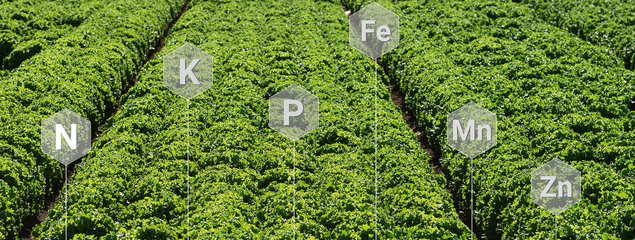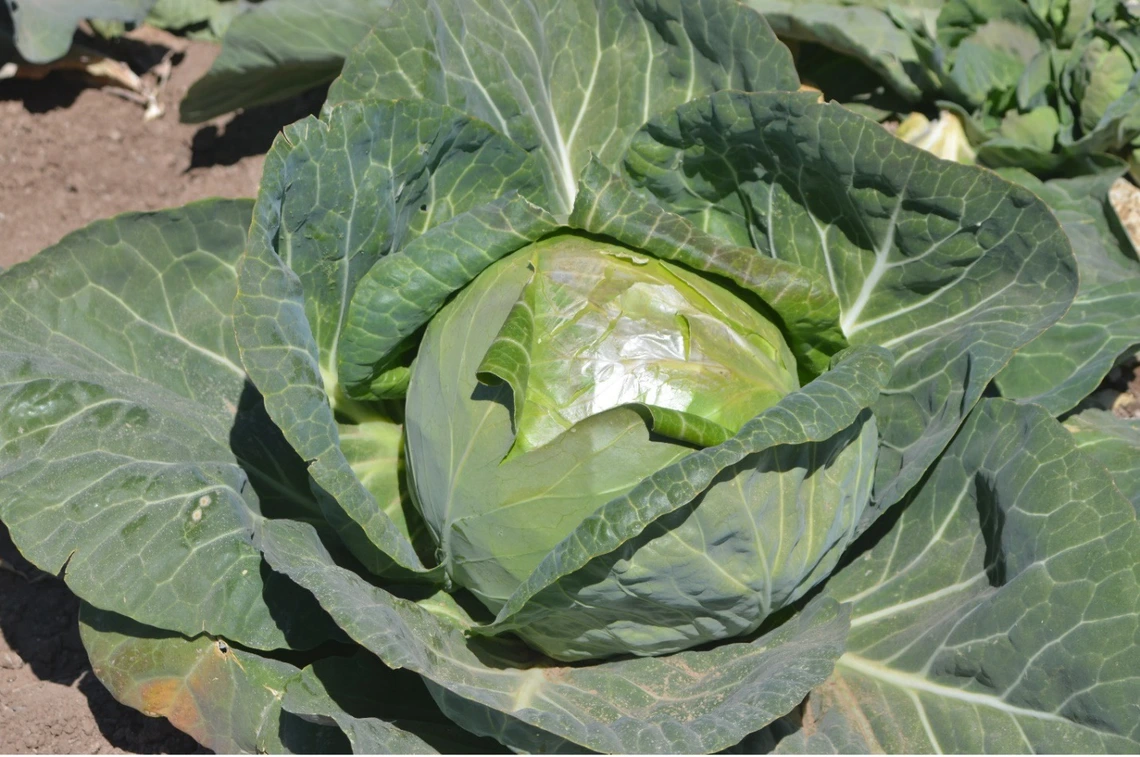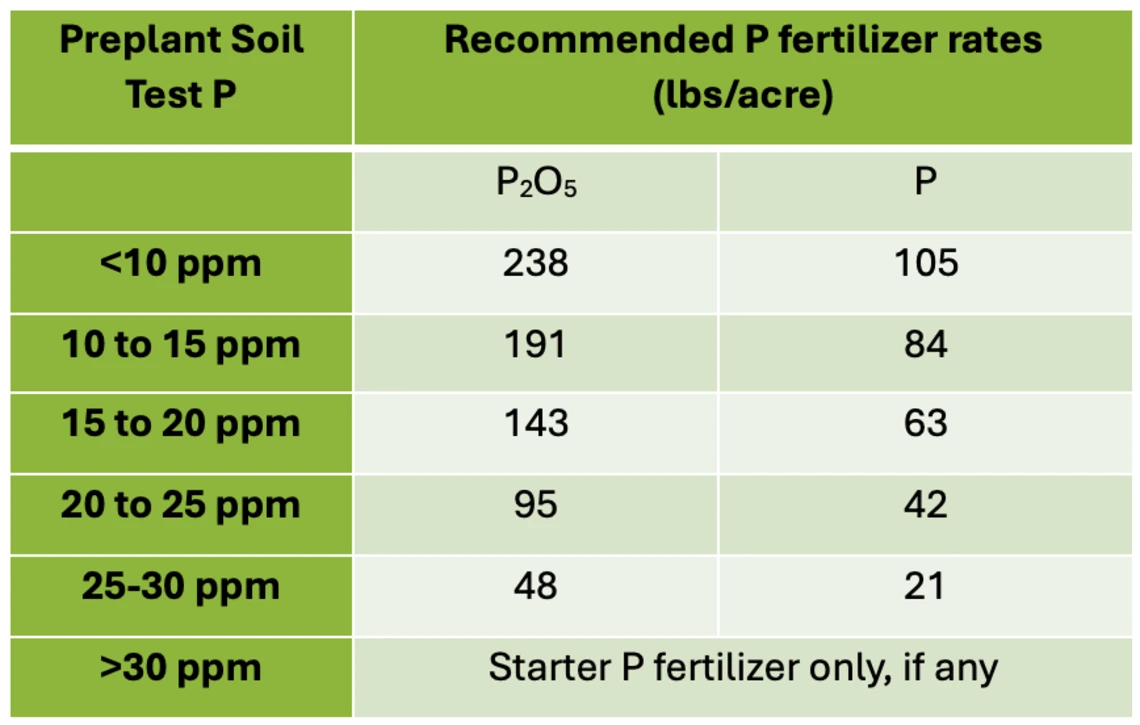
Improve Plant Nutrition
Fertilizer Guidelines for Vegetable Crops in Arizona
Crop Fertilizer Guidelines (3)
Cabbage (3.3)
There are currently about 4,000 acres of cabbage in Arizona (Figure 3-3-1). Cabbage plants will accumulate about 225 lbs N/acre by harvest and about 180 lbs N/acre in the harvested heads (7, 14, 82). Most of the cabbage acreage in Arizona is produced on loam and clay loam soils, and yields are typically maximized with less than 250 lbs N/acre, depending on pre-plant nitrate-N soil tests.
Often the pre-plant nitrogen (N) requirement of cabbage is met with the application of monoammonium phosphate (MAP), which is primarily used as a pre-plant phosphorous (P) source. However, if the pre-plant soil test nitrate-N is less than 10 ppm and MAP rates are less than 200 lbs/acre (equivalent to 104 lbs P2O5/acre), then early season application of N at a rate of about 10-40 lbs/acre could be required. This early season N fertilization might be applied in a dry blend with the required pre-plant MAP, or as a solution with the sprinkler systems during stand establishment (Table 2-1-1).
Most of the in-season N fertilizer requirement for cabbage is applied by side-dress following stand establishment and during cultivation. Nitrogen fertilizer needs to be applied if the measured soil test nitrate-N level is under a minimum threshold of 30 ppm, the N fertilizer requirement being equal to the difference between this minimum threshold soil nitrate-N and the measured soil test nitrate-N level. Approximately 4 lbs of N/acre needs to be applied to raise the soil test nitrate-N level by 1 ppm. A late season furrow water run of N may be required if soil nitrate-N levels drop below 20 ppm.
Cabbage shows yield response to application of P fertilizers up to an Olsen P soil test level of 30 ppm (Table 3-3-1). If the P fertilizer is banded or applied in strips in the beds, rates of P can be reduced by 25-35% compared to the broadcast application.
Cabbage responses to potassium (K) fertilizer have not been documented in Arizona, but soil test levels should be monitored to ensure ammonium acetate (AA) soil test K levels are stay above 150 ppm K (Section 2.3). Leaf tissue K levels may also be monitored. Generally, concentration exceeding 3.0% indicates K sufficiency (Section 4.3).
The only micronutrient that currently may occasionally be applied as a fertilizer for cabbage production in Arizona is zinc (Zn). The Zn fertilizer guidelines developed based on a diethylenetriaminepentaacetic acid (DPTA) soil test, are shown in Section 2.5 and are applicable to all vegetable crops grown in the region. The leaf tissue Zn concentrations might also be monitored and should remain above a threshold 30 ppm to ensure sufficiency (Section 4.3).

Figure 3-3-1
Cabbage in the Yuma area.

Table 3-3-1
Cabbage Phosphorous (P) fertilizer guidelines by pre-plant Olsen P soil test.

